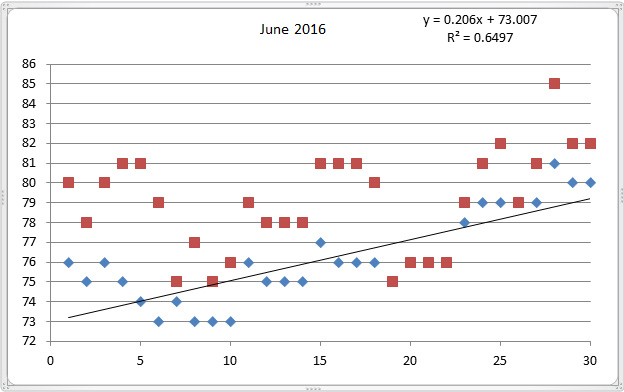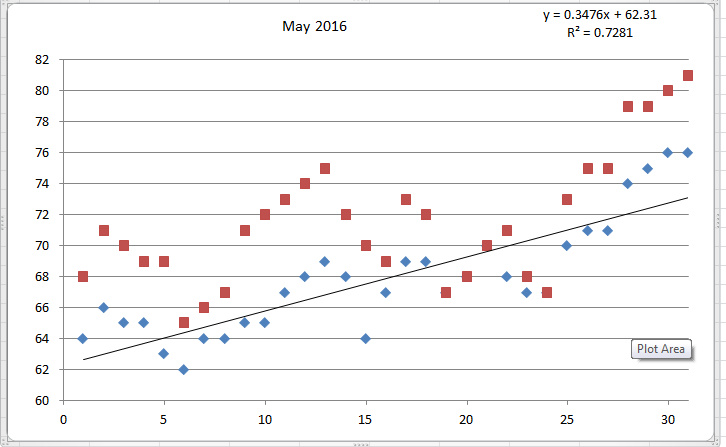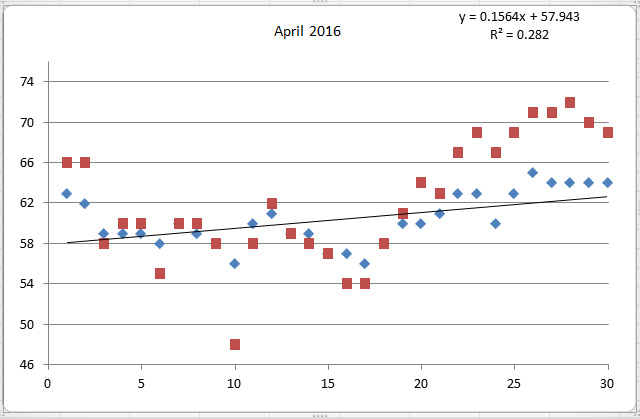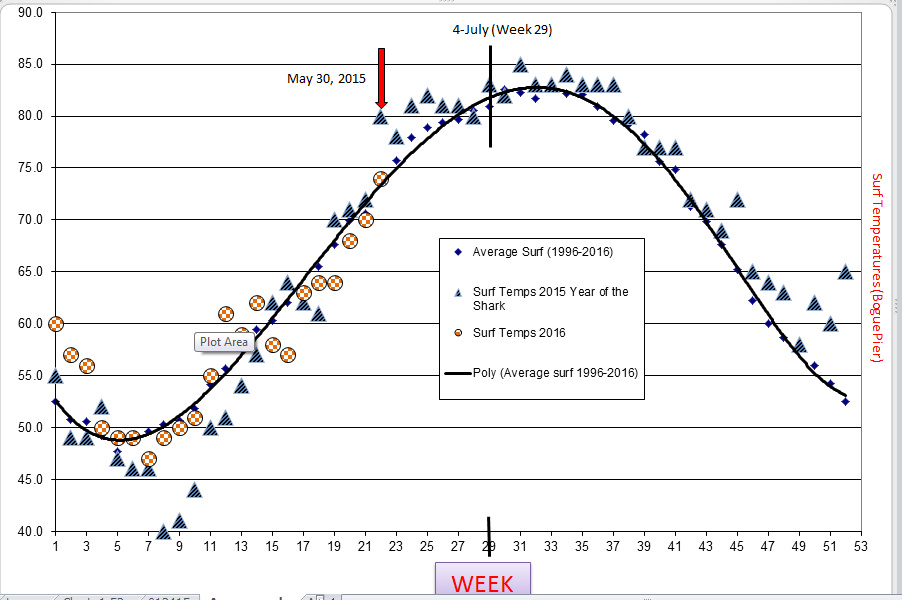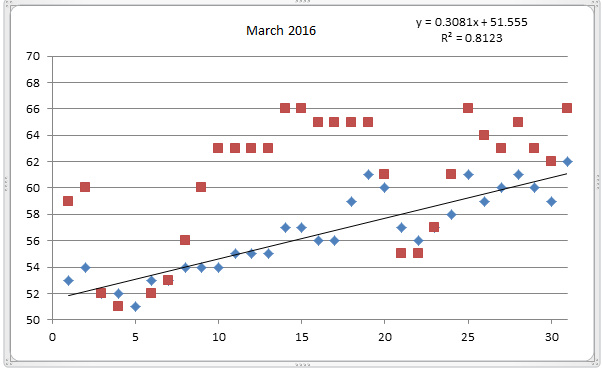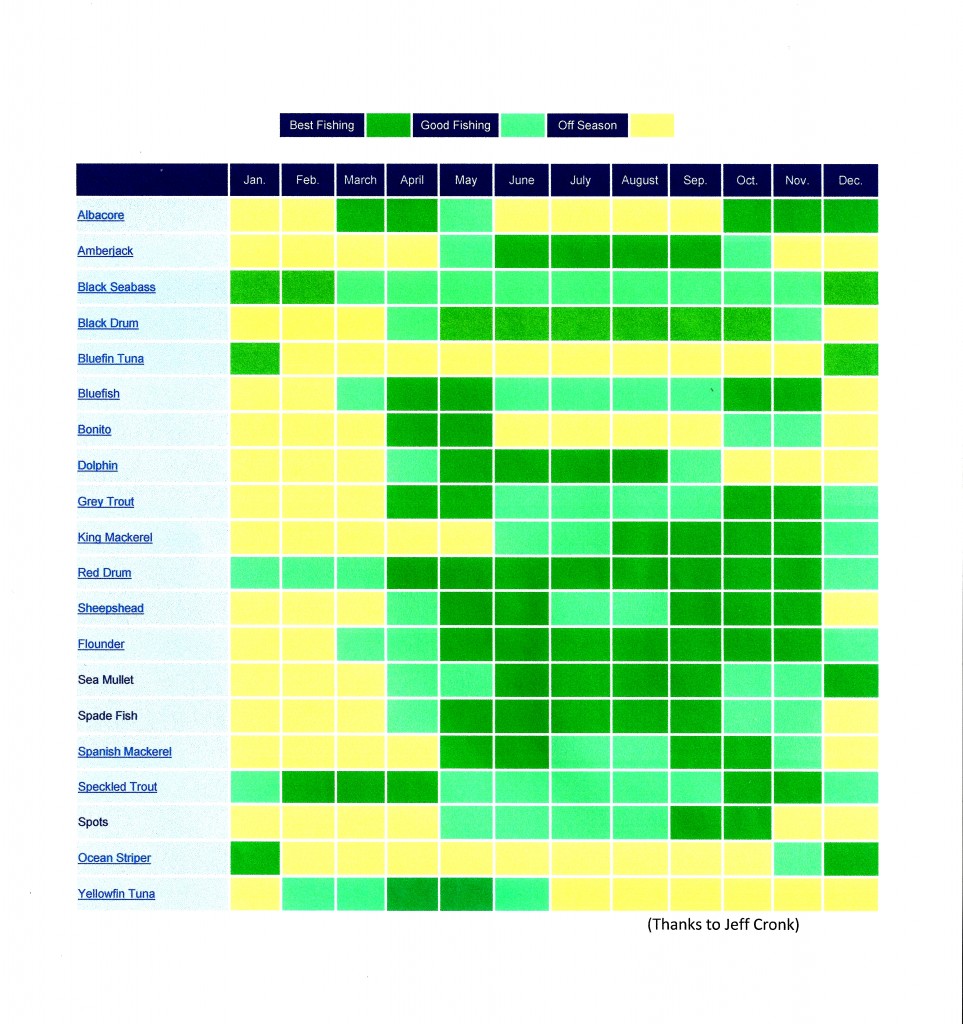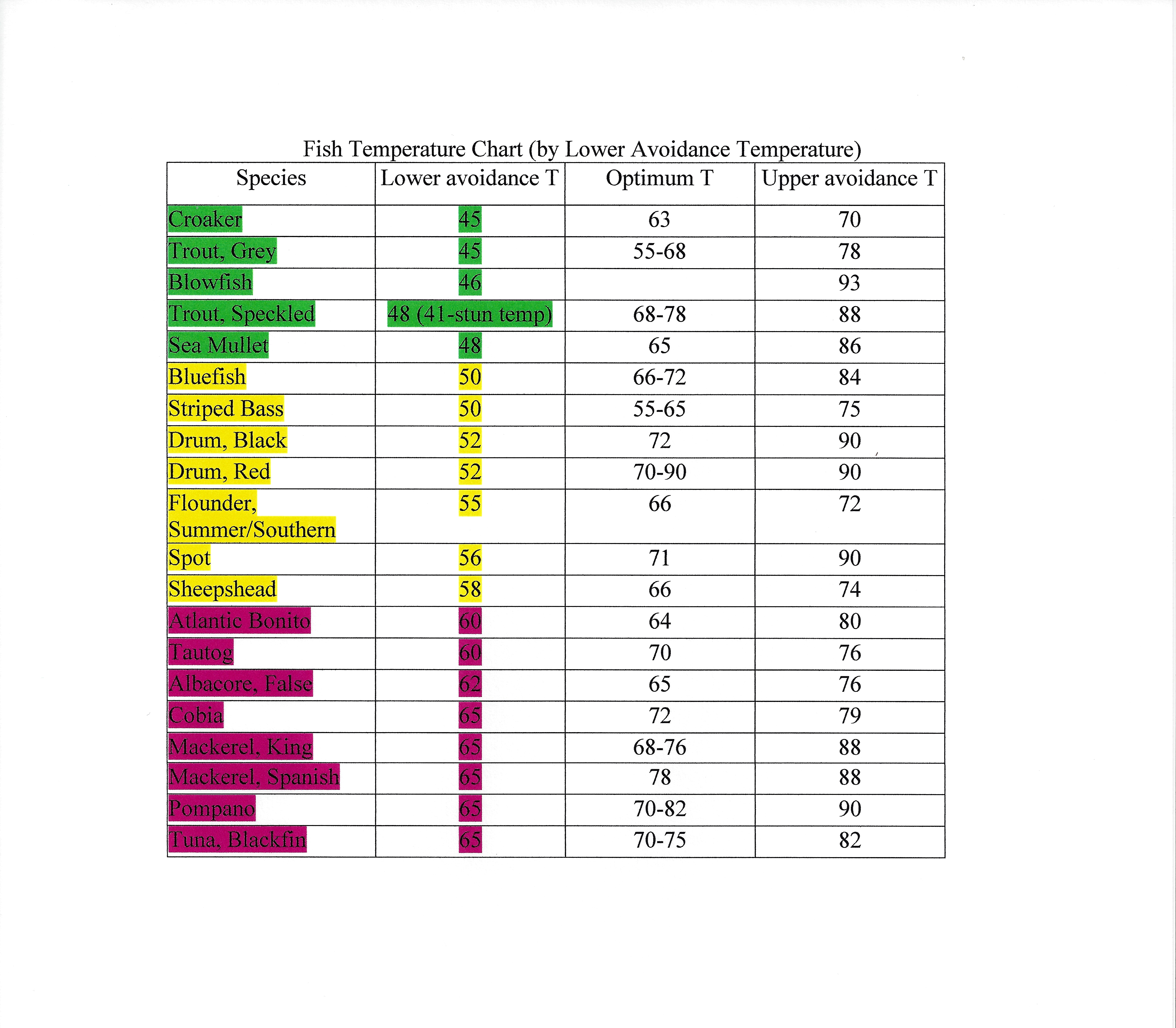Important Crystal Coast GPS (N latitude/W longitude)
BIG ROCK: (34 09.94/76 10.79, 34 18.31/76 11.05, 34 10.62/76 08.40) It is located 39 mi. SE of Beaufort Inlet at a heading of 161 degrees. Less crowded is the Swansboro Hole 16 mi. SW of the Big Rock (34 00.461/76 16.085)
The Rise: N 34 00 80 W 076 22 72
The 90-ft. drop area is located about 34 miles SE of Beaufort Inlet between the 14-Buoy (WR 14) and the Big Rock. It is a 3-tier drop where the bottom drops from 90ft to 180 ft in the space of a few miles. Warm water eddies from the gulf stream are directed into this area after being deflected from the Big Rock and because of this, plus the underwater ledges, this can be a productive fishing area at times for all sorts of game fish. This area is marked on most charts of the area and Loran numbers are 27007.2/39572.4 and GPS numbers are 34 12.65/76 15.27.
Other offshore locations out of Beaufort Inlet: Certainly, the West Rock is approx. 22 miles out of Beaufort Inlet on a heading 180 degrees at loran 27072.1/39521.5 and GPS 34 17.86/76 35.06. This is in the general area of the 240 rock, 210 rock, and AR 305. The West Rock is listed on all of the charts for the area and is really productive for kings, dolphin later in the summer, and bottom fishing year round. It has been the experience that the West Rock sees less traffic than some of the surrounding reefs which is fine since this reef is as productive as any in the area and you don’t have to a lot of boat traffic.
Other inshore locations out of Beaufort Inlet: Dead Tree Hole (34 39.24/76 38.06), 1.5 miles South of Shackleford Banks, 3-mi. East of Beaufort Inlet. Barge, North of the Trawler Buoy off of Cape Lookout. Dump Site Buoy, just West of the old sea buoy at Beaufort Inlet. This is marked with a yellow marker. AR 315, 320 etc. Check the NC-DMF site for info on location and structure of these AR’s. (http://www.ncdmf.net ) AR 315 is great for deep jigging for Spanish and grays and live minnows for flounder.
Out of Bogue Inlet 45 min. Rock, Keypost Rocks, AR 340, 342, 345 are productive. Keypost Rocks KP1: 34 38.18/77 01.90, KP2 34 37.75/77 01.76. SE Bottoms: Head S/E out of Bogue Inlet for 10 miles and you will be on SEB, they extend out another 2 miles. GPS-34 30.357/76 59.972. It is just over from Charley “C”, buoy.
AR315 – BUOY (ATLANTIC BEACH) 48′ N 34 40.200 W 76 44.400
AR320 – BUOY (CLIFTON MOSS) 48′ N 34 39.320 W 76 48.250
Dead Tree Hole Area (off Shackleford Banks) N 34 38.748 W 76 35.559
Bogue Inlet Sea Buoy N 34 37.596 W 77 06.124
30 min rock: 34 32.69, 76 24.09, 45 min rock: 34 33.06, 77 03.31
Honey Hole/Sponge Rock 34 26.300, 77 01.300
Christmas Rock: 34 24.00, 77 08.78
Diver’s Rock: 34 29.42, 77 16.37
45-Minute Rock: N 34 33.06 W 77 03.31
Bear Inlet Rock: N 34 35.14 W 77 08.71
East Rock (Bogue): N 34 35.33 W 76 56.75
Honey Hole/Sponge Rock: N 34 26.30 W 77 01.30
Honeymoon Rock: N 34 27.65 W 77 08.78
Keypost Rock: KP1: N 34 38.18 W77 01.90, KP2: N 34 37.75 W 77 01.76
Lost Rock: N 34 32.00 W 77 06.06
Southeast Bottoms: SEB1: N 34 29.42 W 77 01.62, SEB2: N 34 30.10 W76 59.74, SEB3: N 34 29.18 W76 58.34
Station Rock: N 34 35.27 W 77 04.11
AR 330 N 34 33.380 W 76 51.160
AR342 N 34 36.320 W 77 02.110
AR340 N 34 34.210 W 76 58.180
AR345 N 34 32.180 W 76 58.280
AR350 N 34 29.900 W 77 21.300
AR355 N 34 21.110 W 77 20.000
Jerry’s Reef N 34 28.970 W 76 53.190
Rock South of 13 N 34 28.510 W 76 54.260
Alphabet Buoys out of Bogue Inlet
A- Buoy N 34 36.348 W 077 05.508 46 ft.
B- Buoy N 34 35.467 W 077 01.590 49 ft.
C- Buoy N 34 30.056 W 077 02.086 60 ft.
D- Buoy N 34 25.538 W 077 05.737 70 ft.
E- Buoy N 34 22.601 W 077 10.951 68 ft.
F- Buoy N 34 21.930 W 077 17.515 60 ft.
G- Buoy N 34 23.656 W 077 23.645 51 ft.
H- Buoy N 34 27.938 W 077 21.164 44 ft.
D Wreck-34 36.37/76 18.88
Summerlin Reef (AR 285 buoy)-34 33.37/76 26.24
30 Min Rock-34 32.69/76 24.09
East Rock (Beaufort)-34 30.61/76 21.38
1700 Rock-34 33.34/76 20.12
Liberty Ship/Tug Boat/AR364 (Wrightsville Beach) 34 14.80, 77 42.95
Wreck Name Latitude Longitude
Caribe Sea 34 35.580 76 18.050
Hutton 34 39.461 76 48.434
Suloide 34 32.694 76 53.729
Sub (U-352) 34 13.655 76 33.893
Atlas Tanker 34 31.685 76 14.457
LST Indra 34 33.753 76 51.091
*Buoy 7(Home) 34 40.599 76 40.236
Aeolus 34 16.695 76 38.576
**Liberty Ship 34 40.200 76 44.410
Amagansett 34 32.218 76 14.866
Fenwick Isle 34 26.240 76 29.410
Naeco 34 01.530 76 38.900
Schurtz 34 11.268 76 36.121
Hardee 34 18.510 76 24.130
Papoose 34 08.670 76 39.120
*Home Buoy can be safely reached from anywhere on the west side
**May not be correct
